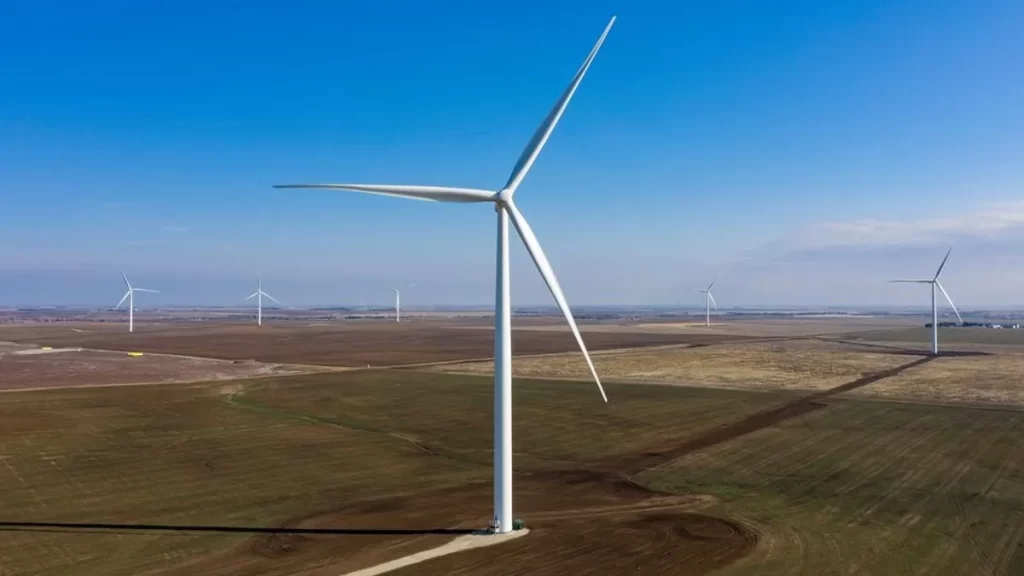
When two new Montana wind farms come online, the state will have more nameplate capacity in wind than in coal.
Nameplate capacity is the maximum rated output in megawatts when a source of power operates in optimal conditions.
According to US Energy Information Administration (EIA) data, Montana coal plants provided 1,631 megawatts (MW) of nameplate capacity in October. In the same period, Montana’s wind capacity provided 1,479 megawatts.
Florida-based NextEra Energy’s 775 MW Clearwater Wind projects, once fully online, will add an additional 311 MW.
So that will put wind’s nameplate capacity in Montana at 1,790 MW – that’s 159 MW more than coal.
In 2022, according to the EIA, Montana ranked 10th among US states for the largest share of electricity generated from renewables, at around 53%. (Hydropower is a big source of renewable power in the state.)
Much of the power that Montana produces is transmitted to utilities in Oregon and Washington. Utilities in those states are transitioning to procuring clean power, thanks to laws that require them to divest from fossil fuels.
But when it comes to in-state generation, coal still has a higher capacity factor. Coal-fired power plants provided the largest share – 42% – of Montana’s electricity generation in 2022, followed by hydropower at 38%, wind power at 15%, natural gas at 2%, and petroleum coke at nearly 2%.
Those percentages are shifting as coal plants retire, and the EIA says that nearly all of the power projects lining up to come online in Montana are onshore wind. Plus, a Montana court ruled in August that the state must consider climate change and environmental protections in the approval process for new energy projects.
Max Greene of clean energy advocacy organization Renewable Northwest told the Montana Free Press that interest in Montana’s wind power will continue to grow – provided that transmission capacity (and battery storage) grows too:
Most of that east-to-west transmission is pretty well subscribed at this point.
We’re going to have to look at what opportunities will be out there for other ways to develop this important resource.





























